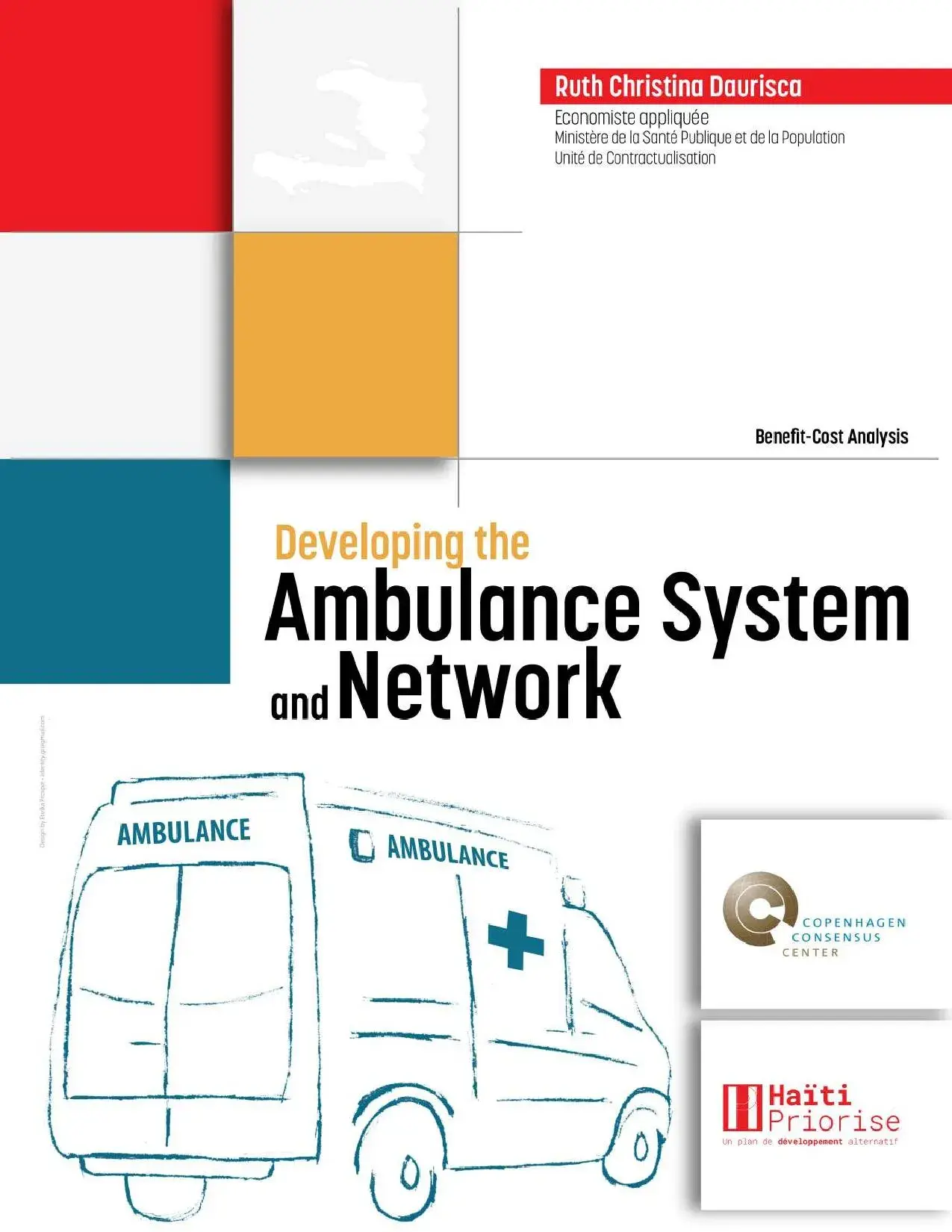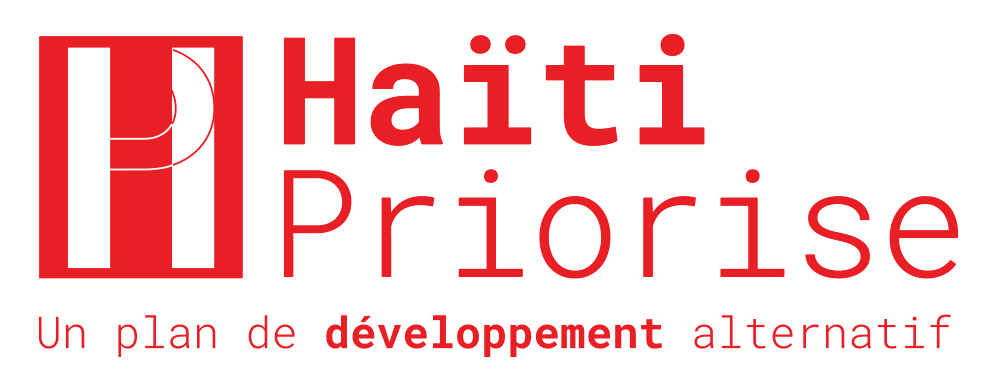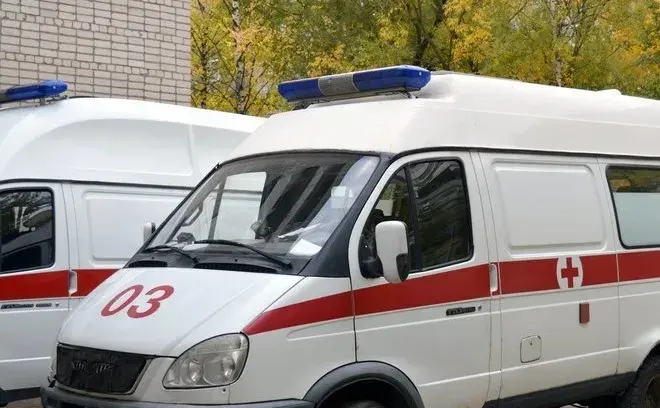Health Infrastructure
Health infrastructure in Haiti suffers from under-investment and other challenges.
In Haiti between 2013 and 2014 there were more than half-a-million accidents and emergencies, resulting in 9000 deaths. Fewer than two percent were attended by free ambulances.
Hundreds or even thousands of lives could be saved every year by improving the ambulance network, or by training a cadre of paramedics and ensuring that community volunteers, traditional midwives, and teachers are taught first aid techniques, according to new research.
Another approach is to focus on community health centers and school clinics, to ensure that medical assistance is available where needed.
Continue to check back for future research releases related to Health Infrastructure.
Developing the Ambulance System and Network
According, to the research by Ruth Christina Daurisca, Hundreds or even thousands of lives could be saved every year by improving the ambulance network, or by training a cadre of paramedics and ensuring that community volunteers, traditional midwives, and teachers are taught first aid techniques.




